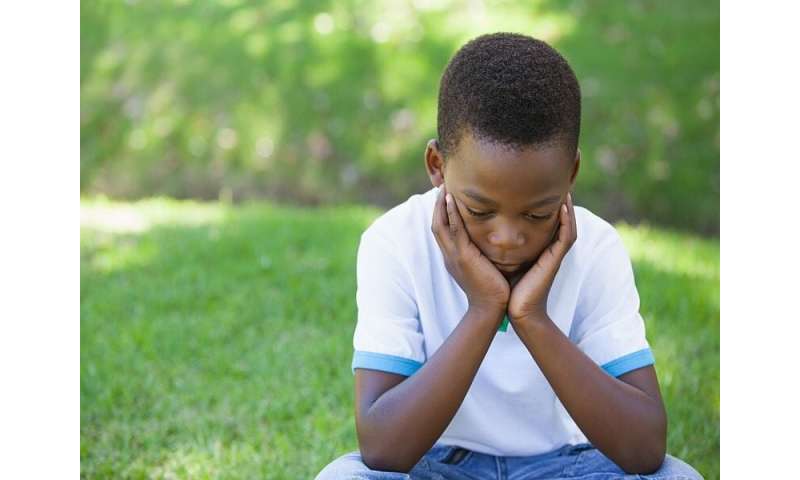
Suicidal thoughts have haunted nearly one of every 10 pre-teens in the United States, a new study reveals.
About 8.4% of children aged 9 or 10 said they’d temporarily or regularly harbored thoughts of suicide, researchers report.
Importantly, only around 1% of children that age reported a suicide attempt or planning their suicide.
But suicidal thoughts at that age are a warning sign of a future filled with woe, said senior researcher Dr. Sophia Frangou, a professor of psychiatry with the Icahn School of Medicine at Mount Sinai, in New York City.
“When you think of how young they are, 8% is quite a startling number,” Frangou said. “Thinking of killing yourself, and that life isn’t worth it, when you’re 9 is pretty extreme.”
Suicide is the second leading cause of death among 10- to 14-year-olds, researchers said in background notes, and these sorts of thoughts paint a picture of a troubled childhood.
“Being so seriously unhappy so early in life is a sign of vulnerability for adverse mental health outcomes in adulthood,” Frangou noted. “It’s not just about suicide.”
For this study, Frangou and her colleagues analyzed data from the Adolescent Brain and Cognitive Development study, which is tracking the growth and health of nearly 12,000 children across the United States.
Children and their caregivers filled out reports that included questions related to suicidal thoughts and behaviors.
Two factors played a strong role in whether a child would have suicidal thoughts, the research team found.
“Children that have some sort of psychological problems, even minor ones, and the ones that live in families that are in some way dysfunctional, those are the ones that are at the highest risk to have suicidal thoughts,” Frangou said.
Kids suffering from anxiety, depression or other psychological or behavior problems are 74% more likely to experience suicidal thoughts, results show.
And children who reported family conflict were 30% to 75% more likely to harbor thoughts of suicide, even after accounting for their psychological problems, the researchers said.
The findings were published online March 12 in The Lancet Psychiatry medical journal.
None of these numbers are surprising, said Mitch Prinstein, a professor of psychology and neuroscience with the University of North Carolina, Chapel Hill.
“We’ve been seeing the age where suicide ideation and suicidal behavior is occurring get lower and lower over the last few years,” Prinstein said. “We know that suicide is very closely related to the experience of stress, not just the stress that kids are experiencing but the stress that parents and people around them are experiencing, which kids definitely pick up on.”
The number of children’s hospital admissions for suicidal thoughts or behavior has more than doubled over the last decade, rising from 0.7% in 2008 to 1.8% in 2015, the researchers said.
The research team also found two factors that appeared to protect kids against suicidal thoughts: active parental supervision and having a positive experience in school.
“The kids that liked going to school and felt the school environment was a good environment for them were less likely to have these types of thoughts,” Frangou said.
Parental supervision means “the degree to which parents are involved in their children’s lives,” she explained.
“They know where their kids are, they know the names of their friends,” Frangou said. “It’s not about quality time, it’s about knowing what your kid is doing and being involved in an active, meaningful way.”
These results indicate a need for school-based screening for suicide, much as vision and hearing tests are conducted with youngsters, Prinstein and Frangou said.
“Schools are a good place where we can start looking for kids who have difficulties and for families who have difficulties. We should think of schools as a means to help them,” Frangou said.
“You don’t have to look for the suicidal kid. You have to look for the unhappy one,” she continued. “You don’t have to specifically predict who will have suicidal thoughts. You have to be more sensitized to children who are unhappy, either because their families are difficult or because they themselves experience anxiety.”
- Changes in behavior or eating habits.
- Sleeping in class.
- Withdrawing from peers or isolating themselves.
- Acting moody or irritable.
- Talking about death with peers.
- Drawing pictures or writing about death.
Source: Read Full Article



